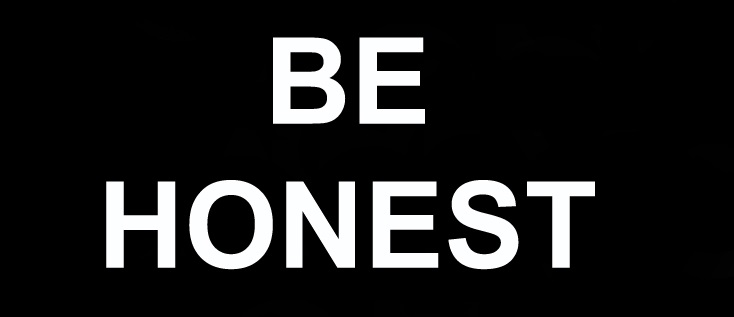 Guest post by: Mary Broadfoot
Guest post by: Mary Broadfoot
We are taught from the cradle that honesty is the best policy. Always tell the truth. Do what is right. Honesty comes at a price, etc. Then why, when it comes to honest ad impressions, does no one want to pay for them. There has been a lot of talk about fraud, what is fraud, who participates in it, why do they do it and why doesn’t anyone do something to stop it.
[tweet “Why, when it comes to honest ad impressions, does no one want to pay for them via @emailkarma”]
Let’s start with what is fraud?
Fraud is 2 fold; 1) Fraudsters (Bots, computers, virus) activity that mimics human behaviour. Impressions and clicks that were never seen by a human, 2) Un-intentional traffic. Traffic where there is no real interest in the product. These could be incentivized clicks, accidental clicks and activity outside the desired target audience.
Who Participates?
Those participating in traffic fraud are varied, from organized crime knowingly participating to the mom and pop shops who are just trying to make some money off their website (typically unwittingly participants).
Why do it?
Organized crime obviously is using it to fund their illegal activities, but in many cases the little guys (and major websites) might not know they are participating. They are joining ad networks that are promising a high ROI, or are working to increase their visitors by buying traffic (advertising their site). Where advertising your site, joining networks, or putting your site on an exchange is acceptable behaviour, it is the responsibility of the site to make sure that they are not participating or promoting undesirable buying practices.
How do you spot it?
If you are on the sell side, beware the promise on high returns. Are the returns too good to be true? Does it change drastically one day to the next? If your visitor/pages have increases and decreases in the x-factor, it is possible that your ad network is doing something to inflate your page loads to generate more revenue. One possibility is they have over committed your site, and are now doing things to push un-intentional traffic to your site to meet advertiser’s expectations.
If you are on the buy side, are you being approached with pennies a click on tier 1 sites? If you are, these are the snake oil sales men of our generation. Ad Networks are not going to be able to get you valid clicks on Tier One sites any cheaper than the sites direct are willing to give it to you. What they do is use these 5-10 sites to reel you in and then blend in other sites to balance the costing.
How to stop it?
The biggest problem is everyone is talking about it but no one is willing to draw a line in the sand.
When a DSP/Exchange or Ad Network goes thru the effort of ensuring the cleanest inventory possible, buyers will pressure them to get cheaper results or more delivery. For example, “my other suppliers said they can do it at ½ the price, or I cannot give you the campaign unless I get 5,000 clicks in PEI (population 145K) in 1 week”. Sometimes it is just a matter of doing the math. That would be a 3.4% CTR assuming every man, woman and child saw the creative 1 time.
It is important to be willing to pay based on the quality of the delivery, work with suppliers who have partnerships with 3rd party quality scoring companies such as Adometry and Integral Ad Science. The price of the inventory will go up but the cost of acquiring and retaining customers will go down in the long run.
What can you do?
When in doubt, whether you are a supplier or an advertiser don’t be afraid to ask questions. Keep asking until you are satisfied with the answers. If a supply partner is not willing to answer your questions clearly be willing to walk away. Initial price is not a basis to determine a supplier, a lot more damage can be done with a poorly placed ad. As a supplier, if the advertiser is not willing to work with you, you might want to walk away from the client; your reputation is hurt just as bad if you are the one who helped place the ad on that site. Remember, honesty, and honest impressions come at a price, you have to be willing to pay for it, or be prepared to be a victim of fraudsters.
Resources and Websites:
http://iabcanada.com/guidelines/best-practices-traffic-fraud/
http://www.adoperationsonline.com/
About the author:
Mary Broadfoot – VP Client Services and Operations at EQAds.
With over 13 years of experience, Mary has an exceptional knowledge of the industry and enjoys sharing this knowledge with those eager to learn. Currently she is one of the driving forces at EQAds, defining, tweaking and modifying the DSP/RTB space in Canada. Her experiences continue to provided her with a unique opportunity to learn and understand both the Agency and Publisher side of Online Advertising, that she continues to utilize today to build a better and more robust DSP platform. You can follow Mary on Twitter @MaryBroadfoot


